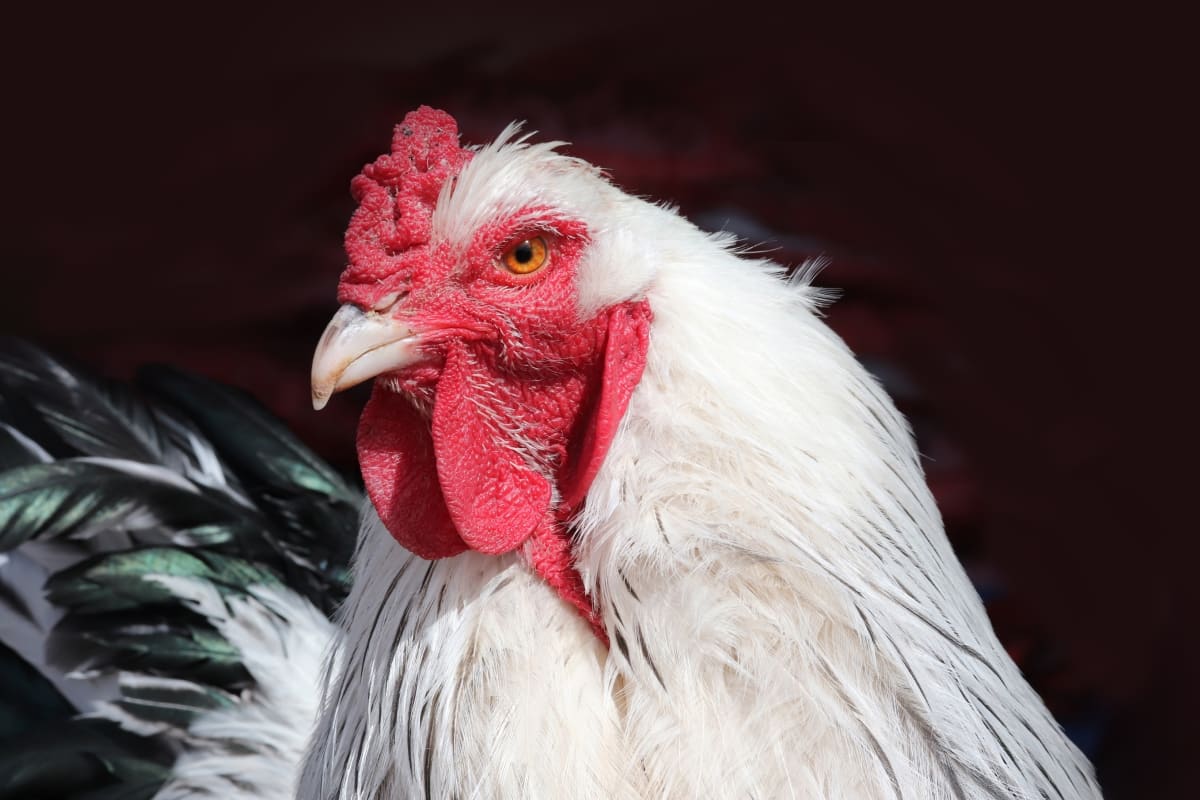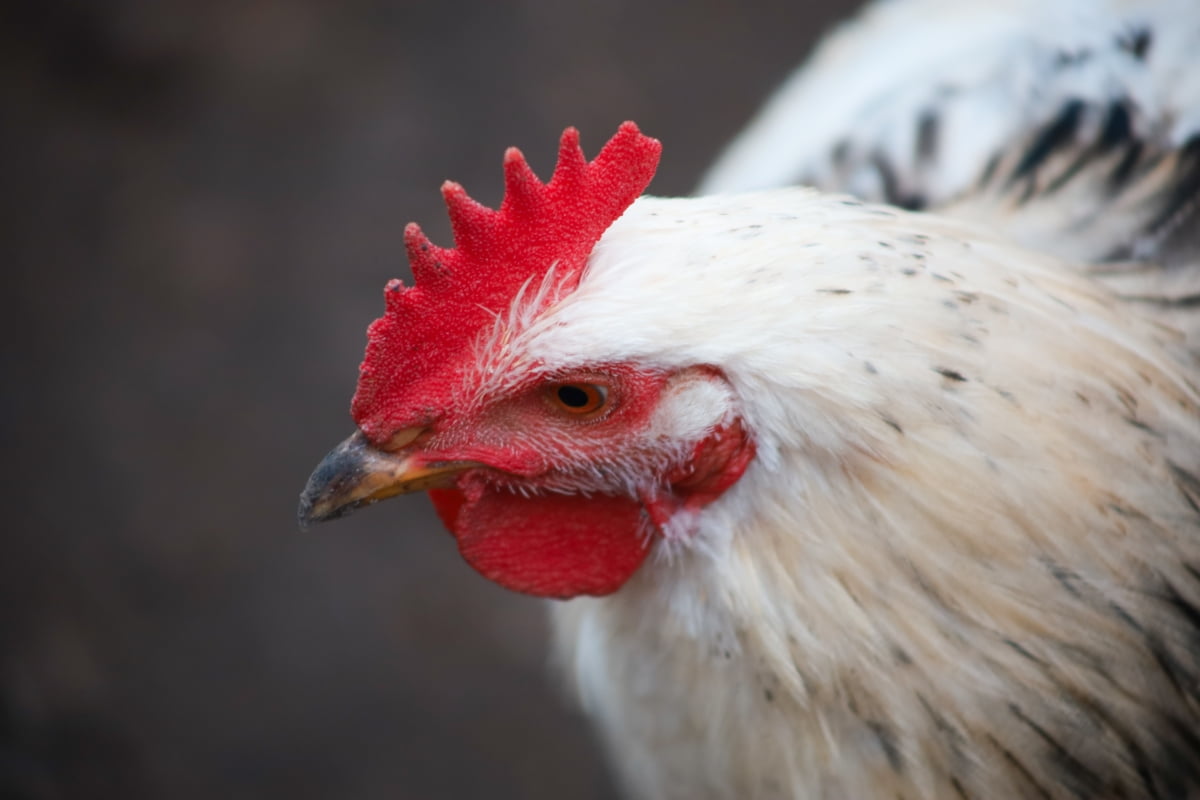Duke Hulsey Grey Gamefowl is renowned for its exceptional characteristics and fighting style, making it a popular choice among gamefowl enthusiasts. The history of Duke Hulsey Grey chickens traces back to their meticulous breeding, combining strength, agility, and resilience. These birds are admired for their combat skills, distinctive appearance, and temperament.
Raising Duke Hulsey Grey Gamefowl involves careful attention to diet, housing, and health care to maintain their esteemed lineage. The price of Duke Hulsey Grey Gamefowl varies, reflecting their pedigree and quality, while their lifespan mirrors the care and conditions provided. Ethical breeding practices are paramount in preserving the Duke Hulsey Grey bloodlines, ensuring the continuation of this prestigious breed.
All You Need to Know About Duke Hulsey Grey Gamefowl
History and Origin
The Duke Hulsey Grey Gamefowl originated from the breeding expertise of Duke Hulsey, who developed this line for its remarkable fighting capabilities and robust health. The breed’s lineage is a testament to selective breeding, focusing on traits that enhance their performance in gamefowl competitions.
Distinctive Characteristics and Appearance
Duke Hulsey Grey Gamefowl are distinguished by their striking feather coloration, pattern, and overall majestic appearance, which sets them apart from other gamefowl breeds. Their physical attributes include a sturdy build and keen alertness, contributing to their prowess in the ring.
Duke Hulsey Grey Price
Duke Hulsey Grey Gamefowl can range significantly, typically from $200 to $1000. These birds are considered an investment by enthusiasts who value their superior lineage and potential in breeding programs to produce top-tier gamefowl.
Duke Hulsey Grey Lifespan
Duke Hulsey Grey Gamefowl have a lifespan that can extend up to 10 years with the proper care and management. Their longevity directly results from comprehensive care strategies, including a balanced diet, regular health check-ups, and optimal living conditions that support their well-being and vitality.
Duke Hulsey Grey Bloodlines
The bloodlines of Duke Hulsey Grey Gamefowl are preserved through ethical breeding practices, focusing on maintaining the purity and strength of the lineage. Breeding pure Duke Hulsey Grey Gamefowl involves carefully selecting and pairing birds that exhibit the desired traits, ensuring the continuity of their prestigious heritage.

Physical Attributes of Duke Hulsey Grey
Size and Weight
Duke Hulsey Grey Gamefowl typically weigh between 4 and 6 pounds, with their height and weight proportionately balanced to enhance their agility and performance. The breed’s size is carefully considered in breeding practices to maintain the standards that define Duke Hulsey Grey Gamefowl.
Feather Coloration and Pattern
The feather coloration and pattern of Duke Hulsey Grey Gamefowl are among their most striking features, with a range of grey hues accented by occasional white and black markings. This distinct plumage contributes to their aesthetic appeal and signifies the purity of their breed and lineage.
Temperament and Behavior
Personality Traits
Duke Hulsey Grey Gamefowl are known for their bold and confident temperament, traits that serve them well in competitive settings. Their demeanor reflects their fighting spirit, yet they can be surprisingly calm and composed when not in the ring, showcasing a balanced personality that endears them to their handlers.
Interaction with Humans and Other Birds
Despite their fighting lineage, Duke Hulsey Grey Gamefowl can exhibit remarkable sociability with humans and compatibility with other birds under non-competitive conditions. Their ability to adapt to different social environments is a testament to their intelligent and discerning nature.
Duke Hulsey Grey Fighting Style
The fighting style of Duke Hulsey Grey Gamefowl is characterized by strategic agility, strength, and precision, making them formidable opponents in the ring. Their approach to combat is a blend of innate skill and learned techniques honed through rigorous training and conditioning.
Breeding Duke Hulsey Grey Gamefowl
Selecting Quality Breeding Stock
Selecting quality breeding stock for Duke Hulsey Grey Gamefowl involves assessing physical health, lineage, and performance traits that align with the breed’s standards. This careful selection ensures that only the best specimens contribute to the gene pool, preserving the breed’s esteemed characteristics.
Breeding Strategies and Practices
Breeding strategies for Duke Hulsey Grey Gamefowl include controlled mating, genetic management, and the documentation of bloodlines to maintain the breed’s integrity. These practices are essential for producing offspring that embody the desired traits of Duke Hulsey Grey Gamefowl, ensuring their future in gamefowl competitions and as cherished members of gamefowl collections.
Care and Management
Housing Requirements
Housing for Duke Hulsey Grey Gamefowl requires sufficient space, with recommendations suggesting at least 3 to 4 square feet per bird to ensure their comfort and well-being. Proper shelter and secure enclosures protect them from environmental stressors and predators, contributing to their health and longevity.
Daily Care and Maintenance
Daily care and maintenance of Duke Hulsey Grey Gamefowl involve regular cleaning of living spaces, provision of fresh water, and monitoring for any signs of distress or illness. Consistent care routines help maintain these birds’ physical and mental health, ensuring their readiness for breeding and competition.
In case you missed it: Bianca di Saluzzo Chicken: Breed Profile, Raising Facts, and Care

Feeding and Nutrition
Diet Specifications
The best diet for Duke Hulsey Grey Gamefowl includes a balanced mix of grains, proteins, and greens tailored to meet their energy and health requirements. Feeding Duke Hulsey Grey chickens a diet that supports their vigorous lifestyle and conditioning needs is crucial for their overall performance and well-being.
Nutritional Supplements and Their Benefits
Nutritional supplements can enhance the diet of Duke Hulsey Grey Gamefowl, providing additional vitamins, minerals, and other nutrients that support their health, especially during breeding, training, and recovery periods. These supplements contribute to the optimal condition and performance of the birds.
Health and Disease Management
Common Health Issues
Health care for Duke Hulsey Grey Gamefowl includes vigilance against common poultry diseases and conditions that could impact their health and performance. Regular health check-ups and immediate attention to signs of illness are essential to their care regimen.
Preventative Measures and Treatments
Preventative measures for Duke Hulsey Grey Gamefowl health include vaccinations, parasite control, and biosecurity practices that minimize the risk of disease transmission. Treatments for health issues are administered promptly to ensure quick recovery and minimal impact on the bird’s condition and performance.
Training and Conditioning
Conditioning for Performance
Duke Hulsey Grey Gamefowl conditioning involves a structured regimen of physical and mental exercises to enhance strength, agility, and endurance. This conditioning prepares them for competition demands, ensuring they perform at their peak.
Training Schedules and Techniques
Training Duke Hulsey Grey roosters includes implementing schedules and techniques that mimic the challenges they will face in competition. This training focuses on improving their natural abilities and teaching them strategies to maximize their fighting style and effectiveness in the ring.
Raising Chicks to Maturity
Incubation and Hatching
Raising Duke Hulsey Grey chicks begins with careful incubation and hatching, ensuring the eggs are kept at optimal temperatures and humidity levels to promote healthy development. This stage requires diligent monitoring to maintain the conditions conducive to successful hatching, marking the first critical step in the life cycle of Duke Hulsey Grey Gamefowl.
Chick Care and Development Stages
Once hatched, Duke Hulsey Grey chick care provides a warm, safe environment, proper nutrition, and regular health checks to safeguard against common chick ailments. The development stages from chick to maturity are pivotal, with each phase requiring specific care protocols to ensure robust growth and the development of the characteristics that define Duke Hulsey Grey Gamefowl.
This includes transitioning from starter feeds to more substantial diets, introducing them to outdoor environments, and beginning early training and socialization.
Legal and Ethical Considerations
Gamefowl Legislation
Gamefowl legislation varies significantly by region, with many areas having strict regulations governing the breeding, raising, and use of gamefowl for competition. Those involved in Duke Hulsey Grey Gamefowl breeding and care must be fully informed about and compliant with all local, state, and federal laws to ensure these birds’ legal and responsible management.
Ethical Breeding and Care
Ethical breeding and care of Duke Hulsey Grey Gamefowl go beyond legal obligations, encompassing a commitment to these birds’ well-being, health, and humane treatment throughout their lives. This includes responsible breeding practices prioritizing the birds’ health and vitality over competitive advantages, providing adequate housing, nutrition, and medical care, and ensuring that any training or conditioning is conducted.
In case you missed it: How to Avoid Calcium Deficiency in Chickens

Conclusion
Raising Duke Hulsey Grey Gamefowl encompasses a deep commitment to preserving the breed’s esteemed characteristics through meticulous care, ethical breeding, and adherence to legal standards.
Note: The images presented in this post are intended solely for representation purposes. The images are meant to serve as visual aids and should not be relied upon as accurate representations of their real-life counterparts.
- Feed Your Flock for Less: Top 10 Tips to Save on Chicken Feed
- Ultimate Guide to Ossabaw Island Hog: Breeding, Raising, Diet, and Care
- Hatching Answers: The Top 10 Reasons Your Chickens Aren’t Laying Eggs
- Eggs and Economics: Breaking Down the Cost of Raising Backyard Chickens
- Defend Your Greens: Proven Methods to Keep Iguanas Out of Your Garden
- Ultimate Guide to Cinnamon Queen Chicken: A Comprehensive Guide for Beginners
- Ultimate Guide to California Tan Chicken: Breeding, Raising, Diet, Egg-Production and Care
- Ultimate Guide to Marsh Daisy Chicken: Breeding, Raising, Diet, and Care
- 10 Types of Chicken Farming Businesses You Can Start for Profits